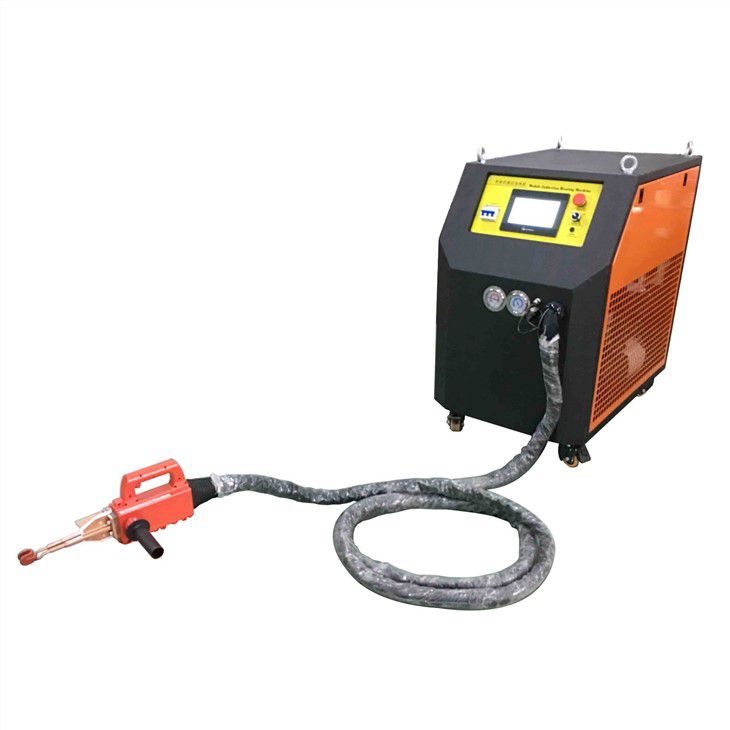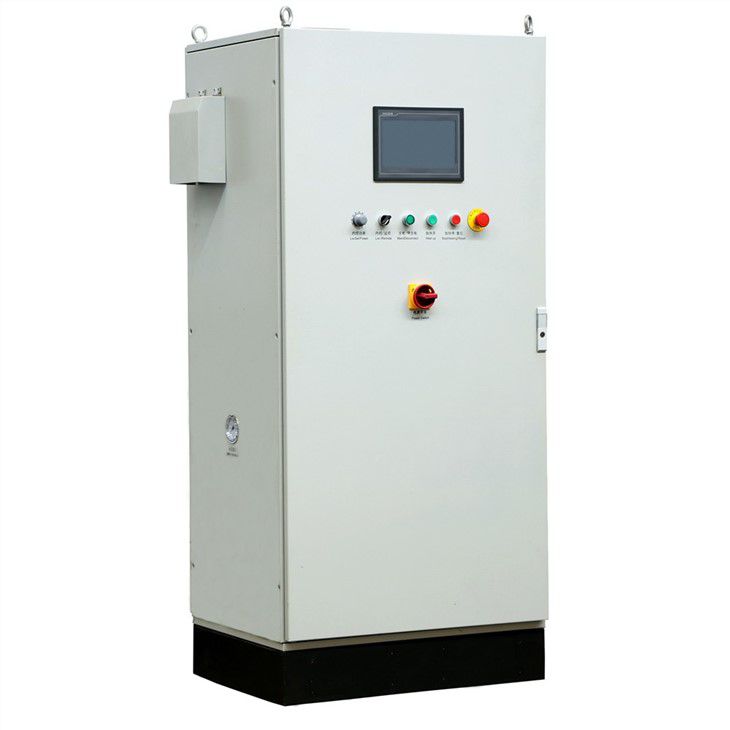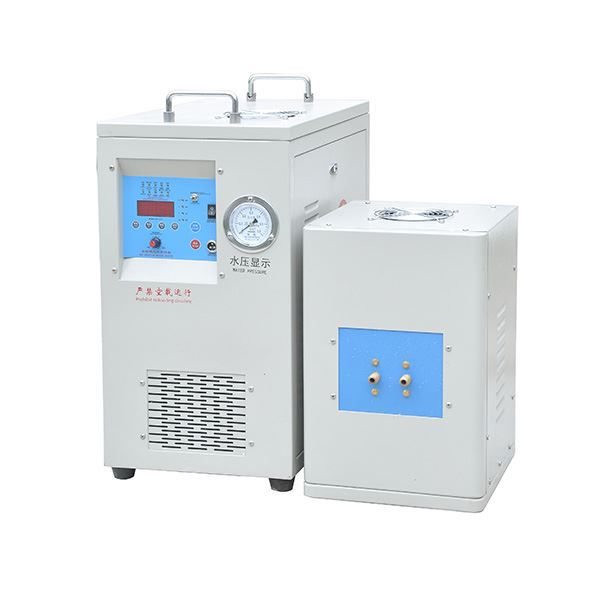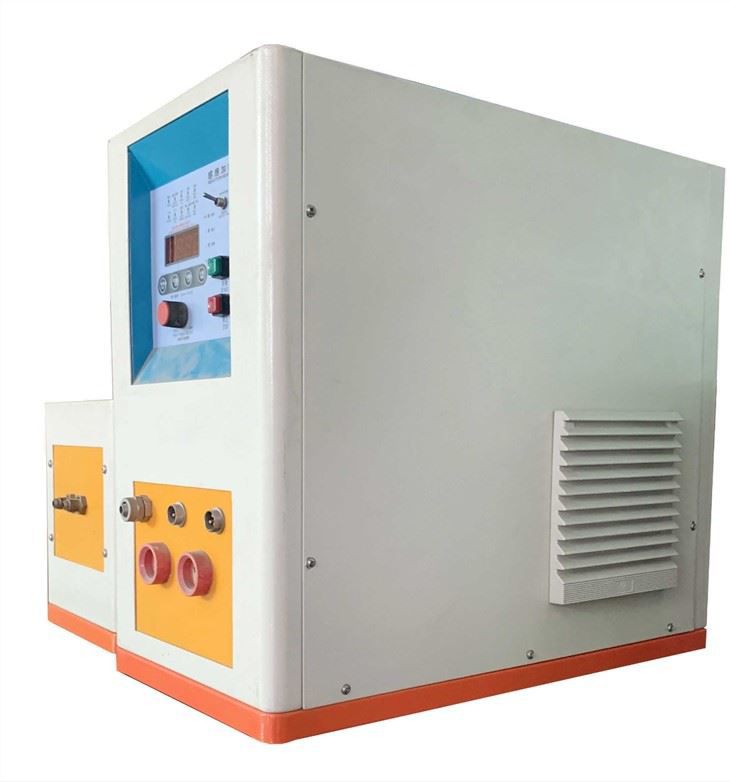- UHF Induction Heating Machine
- HF Induction Heating Machine
- MF Induction Heating Machine
- Induction Heat Treatment Machine
- Air Cooled Induction Heater
- CNC Hardening Machine Tool
- Induction Brazing Systems
- Portable Induction Heater
- Induction Forging Machine
- Metal Melting Furnace
- Induction Coils
- Resistance Furnace
- Infrared Thermometer
- Industrial Cooling Machine
- Induction Heating Transformers
- Custom Induction Heating Systems
- UHF Induction Heating Machine
- HF Induction Heating Machine
- MF Induction Heating Machine
- Induction Heat Treatment Machine
- Air Cooled Induction Heater
- CNC Hardening Machine Tool
- Induction Brazing Systems
- Portable Induction Heater
- Induction Forging Machine
- Metal Melting Furnace
- Induction Coils
- Resistance Furnace
- Infrared Thermometer
- Industrial Cooling Machine
- Induction Heating Transformers
- Custom Induction Heating Systems
Enquire
Energy saving measures of induction heat treatment
Induction heat treatment is an energy-saving process, but the improper selection and application of induction heat treatment equipment and the process will make the equipment and process waste electric energy. Therefore, attention should be paid to the following:
1) Select the frequency, power, and type of induction heat treatment equipment. The frequency should conform to the principle of permeable heating, the power should meet the principle of the short heating cycle and low heat conduction loss, and the equipment type should choose the important accessories with high frequency conversion efficiency, such as the efficiency of intermediate frequency transformer should also be considered. For example, the frequency conversion efficiency of solid-state power is higher than that of vacuum tube high-frequency power, which can also reach the technical conditions of the product. As far as possible, solid-state power should be selected. In solid-state power, transistor power is more efficient than thyristor power, so IGBT or MOSFET power should be preferred. The efficiency and water consumption of quenching transformers of different models are also very different, so attention should be paid to the selection.
2) The equipment work specification must be appropriate. A load of high-frequency power supply of the vacuum tube is not adjusted properly, such as the positive current and gate current ratio are not appropriate, especially under the state of Undervoltage, the anode loss of oscillating tube is large, and the heating efficiency is reduced. In order to avoid the debugging of medium-frequency power supply, the power factor should be around 0.9.
3) The requirements for the quenching machine are a high load coefficient and short empty operation time. If multi-axis and multi-station heating can be adopted at the same time, multi-axis and multi-station structure are preferred. Taking the mass production of half-axis parts as an example, one-time heating is more energy saving than scanning quenching.
4) The efficiency of the inductor is greatly related to the design. The efficiency of the good inductor is above 80%, and that of the bad inductor is below 30%. Therefore, it is necessary to design and manufacture sensors well and optimize them continuously in the production process.
5) Self-tempering or induction tempering shall be preferred for the tempering of induction quenching parts
Share this article to your platform:







